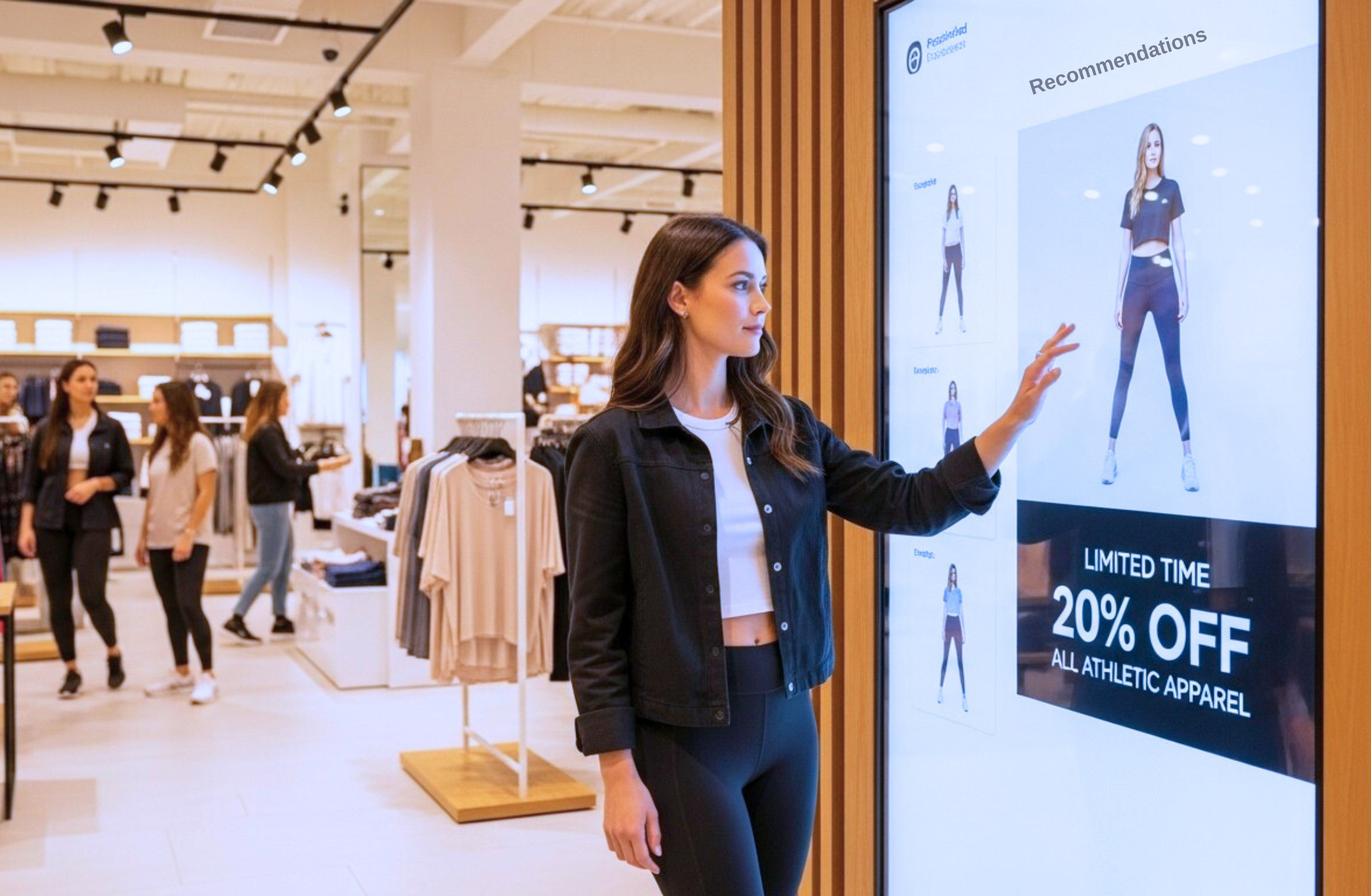
Panelist on the loyalty-focused What’s in Store for Retail Media Networks Masterclass at DMEXCO, Renee Hartmann, speaks to Ben Reynolds about the profound value of first-party data.

This September Ben Reynolds, Vice President Of Business Development, Walkbase chaired a panel discussion on loyalty data as part of Scala’s What’s in Store for Retail Media Networks, presented in cooperation with DMEXCO. You can see the full session here and read a summary of the topics raised here.
One of the panelists, retail consultant and strategist, Renee Hartmann sat down with Ben to discuss the value of first party data and how the future of retail belongs to those who make customer service a priority. The article below originally appeared on renee-hartmann.com.
“First-party data is your most valuable asset—be diligent and transparent in how you use it,” emphasizes Ben Reynolds, VP of Business Development at Walkbase, setting the tone for our recent discussion on the evolution of retail engagement strategies.
After I had the pleasure of participating in a panel moderated by Ben Reynolds, Vice President of Business Development at Walkbase, at DMEXCO on customer loyalty, I flipped the script to unpack his insights on building lasting customer loyalty in today’s retail landscape.
In today’s retail landscape, the ability to harness first-party data has become crucial for creating meaningful customer experiences – especially as consumers shop across channels. Reynolds notes that retailers are becoming more sophisticated in their approach, particularly in North America, where companies are effectively leveraging behavioral data from e-commerce sites to enhance personalization and loyalty programs.
However, a significant challenge remains: bridging the online-offline divide. While many retailers successfully track transactions and link them to online behavior, they often miss valuable in-store behavioral data. “What if I don’t transact, but I’m showing intent like I do on a website?” Reynolds points out, highlighting an often-overlooked opportunity in physical retail spaces.
Innovation in Customer Engagement
Leading retailers are finding creative solutions to this challenge. Some are implementing sophisticated tracking systems for shopping carts and baskets, while others are focusing on mobile engagement. Companies like IKEA and Starbucks exemplify successful approaches in bridging the gap through mobile apps, creating seamless experiences that incentivize customers to engage across channels.
“Your own properties—site, store, mobile—are your most powerful channels for direct customer communication,” Reynolds emphasizes. “So be sure to invest in reaching your customer on your own sites, especially as the cost-curve for in-store retail media assets comes down, and retail media margins remain high.”
The key to successful data collection lies in creating a clear value exchange. Whether it’s Starbucks’ loyalty program or Sam’s Club’s scan-and-go technology, customers are willing to share their data when they receive meaningful benefits in return. These might include personalized offers, enhanced convenience, or exclusive perks.
The Role of AI in Retail Evolution
Artificial Intelligence is revolutionizing how retailers process and utilize customer data. With millions of daily observations from both physical and digital channels, AI enables retailers to:
Retailers are increasingly turning to AI across all aspects of their business that enable them to unlock more sophisticated consumer insights, quickly personalize the customer experience based on these insights, and tailor content specifically to each individual’s preferences.
Looking Ahead
As the retail landscape continues to evolve, success will depend on thoughtful deployment of first-party data strategies. Reynolds advises retailers to:
The future of retail belongs to those who can effectively balance these elements while maintaining customer trust and delivering genuine value. As technology costs decrease and retail media margins remain strong, now is the perfect time for retailers to invest in strengthening their omnichannel presence.


